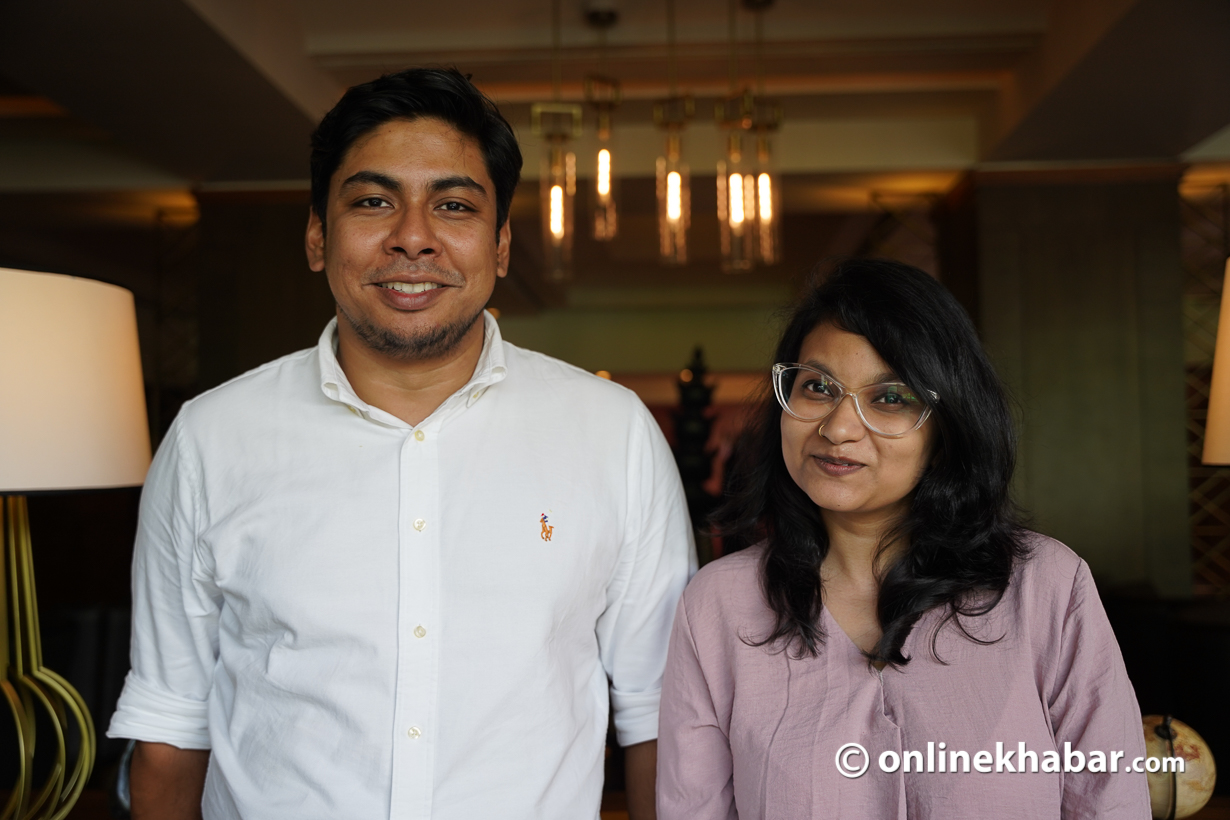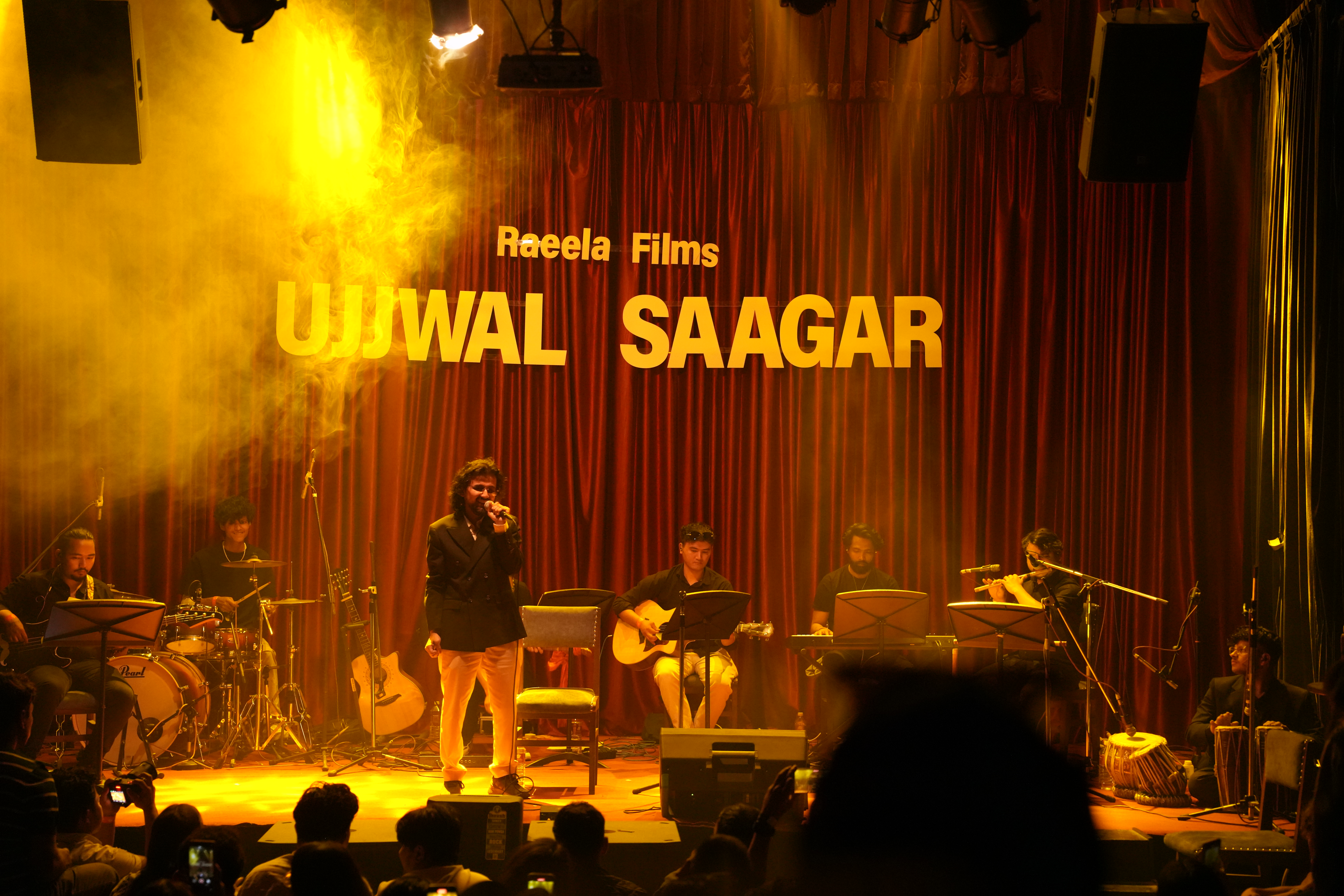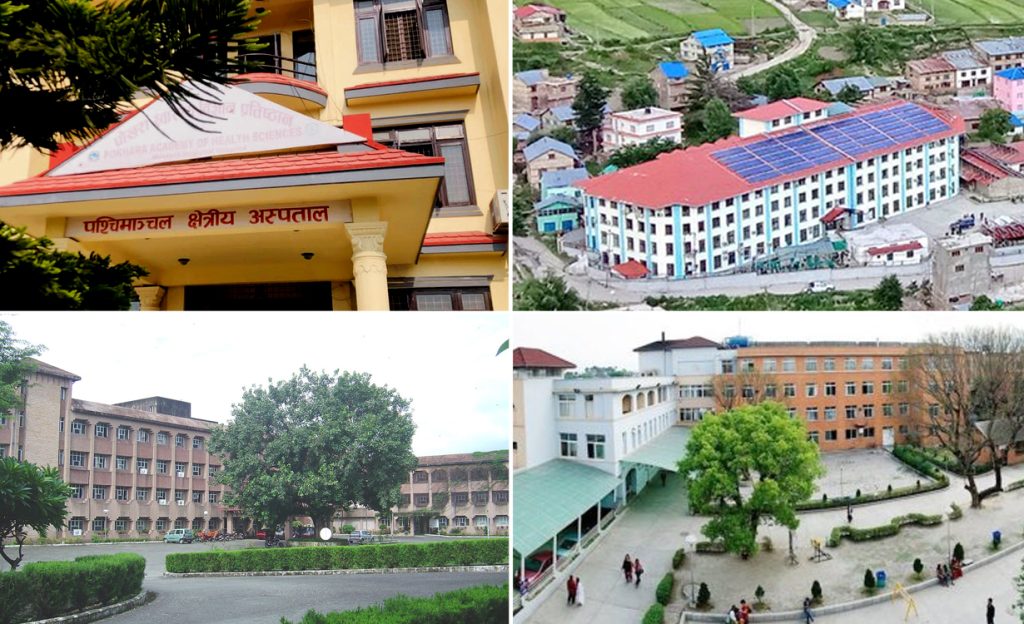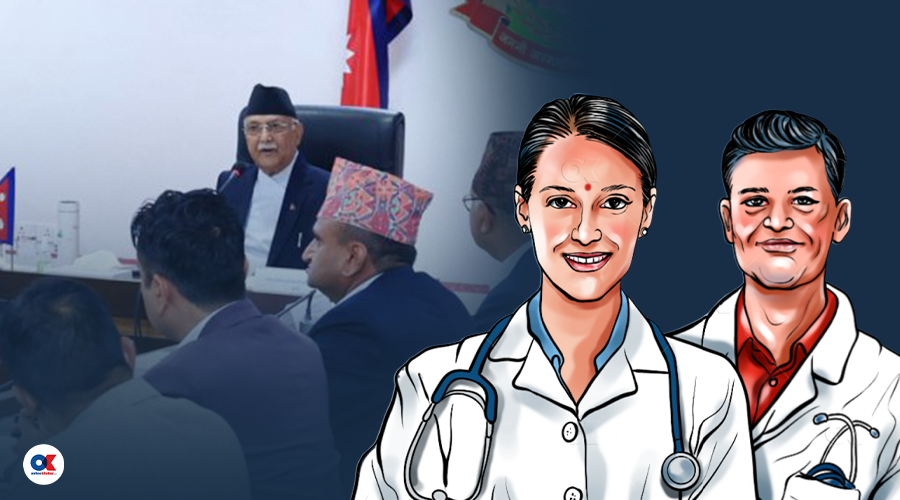Recently, digital marketing is gaining a lot of popularity in Nepal. Thanks to social platforms like Facebook and Google, there has been a massive rise in people marketing their products digitally. From a vendor using applications like Canva to sell clothes to a brand like Coke to market its new product, advertising, thanks to digital marketing, has come by leaps and bounds.
But, there is more to it than just posting ads on these platforms. A good digital campaign can create a meaningful connection with the audience. Take Volkswagen’s “The Last Mile” for example. The campaign bid farewell to the company’s iconic car the Beatle which touched the hearts of millions of people.
To help Nepalis create something similar, the Nepalese Marketing Association is hosting a two-day training session on digital marketing to help companies create a better online brand presence. For that, it has brought two experienced professionals from Bangladesh – Synthia Binta Wali and Modasser Ahmed.
Wali is a seasoned marketing professional with experience in digital marketing and strategy development. Ahmed is an experienced digital strategist with a demonstrated history of working in the marketing and advertising industry. Both have worked with major international brands like Google, Bajaj Auto and Foodpanda.
On the eve of the training, Onlinekhabar caught up with the two to talk about the similarities of digital marketing in the two counties, learning from the West and the challenges Asia faces when it comes to digital marketing.
How has the digital market evolved since you started in Bangladesh? Do people buy from it? Are there any similarities with Nepal?
Synthia: It has changed a lot. When I started in Bangladesh, we had to tell people ‘you need to do digital marketing because this is the future’. But, a lot of them were sceptical.
Gradually, things changed. More and more people started to get into it and now, if you come to Bangladesh, you can see that almost all businesses, from a small scale to big, are involved in digital marketing.
In Nepal, things look bright. Access to the internet we hear is widening, which is good for the future. I hear a lot of Nepali agencies are getting brands into digital marketing, which is huge. I worked with a Nepali brand here and I feel that digital marketing has a lot of potential. If agencies and brands start analysing data, there’s a lot they can do.
When I started in 2015, people in Bangladesh were only starting to get hooked on social media whereas here, there’s already an audience so I don’t think brands need to be told they need digital marketing. But, I think here too, brands need to start moving their budget from traditional marketing to digital marketing.
Modasser: Just to add… The role of media has also been key; when they went digital, that paved the way for digital marketing in some way or form. Language support also helped because people could search the content online.
Social media also helped digital marketing because it is very easy to make a Facebook page or a TikTok account but very hard to make a website.
What Nepal needs now is more people to have access to the internet and that will be a game-changer for digital marketing in the country.
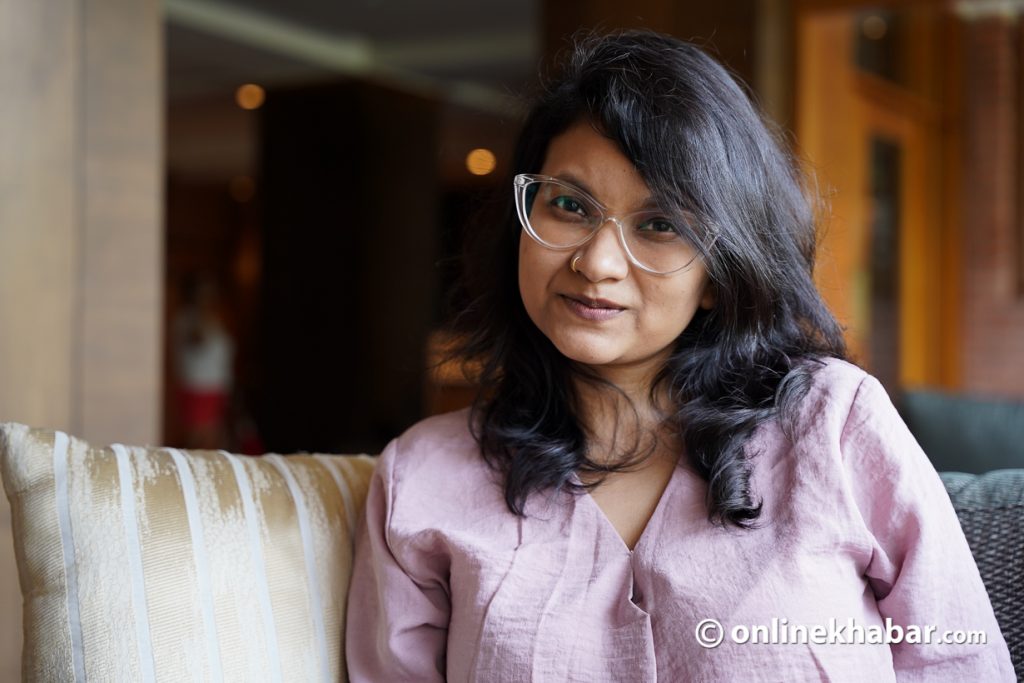
A lot of people still think you need to advertise through traditional means (Print, TV or radio). Is that the case in Bangladesh?
Synthia: Before now, yes. But, things gradually changed especially during the pandemic when these newspapers realised that they had a good readership online too. Even television channels started to put everything on YouTube because they realised that number of people using the internet was huge. That has created a change in people’s mindsets.
Modasser: What’s also helping in changing this trend is that media are using old content and resharing it by putting sensational headlines. New strategies are coming up, which is great for the industry.
The very people who were against digital marketing are now believing in it because they see how much revenue they can generate from this.
A new breed of brand managers has also helped change this stereotype because they are young and have moved on from TV or newspaper. There will be a paradigm shift here too; that will change the industry.
What can South Asia learn from the West when it comes to this?
Synthia: The basics are pretty similar. But, when you get to advanced digital marketing, you can learn a lot. Because its basics are similar, there is a lot of scope for people from Asia who pick up digital marketing as a career to go abroad and work with top companies and learn new things, especially the data-centric approach. Our point of the world doesn’t have that to date. In Nepal, there isn’t a TRP monitoring agency. Bangladesh doesn’t have a place that gives brands a cost benchmark. India has both. The East lacks this, but this can be learnt. If a brand wants to do what Western companies are doing, we can always adapt and do that.
Modasser: As she said, the principals remain the same. Because marketing is about communicating with humans and if you have a basic thing in mind, you’ll be great. But, things are different. I cannot get a templet from the US and use it here in Asia because people’s behaviour is different.

What are the challenges you have seen when it comes to digital marketing in Asia?
Modasser: The biggest challenge is internet penetration. We need more people to have access to the internet if things are to improve. Bandwith needs an increase too because if the content buffers, the audience will not wait. Delivery of the content is also important. If the platform isn’t right, the content will go to waste. Spamming is another big problem. In terms of user experience, it needs to be good else it’ll go to waste. We’ve seen a lot of viral ads. These ads get talked about a lot, but nobody makes a purchase. It’s a hit or miss as most of the time the brand resonance is not there. Another challenge is going to understand the advertiser’s perspective. If brands and marketers don’t understand how these things are calculated, it overcomplicates things and causes things to move slow.
Synthia: You also need a good product to sell. If the product isn’t great, that’s going to pose a lot of challenges to the people marketing it. We need certain codes integrated with the products, through which we can show people what they get in return for marketing the product digitally. But, for us to measure that, there need to be some measurement techniques in place. It gets difficult to make the product developers understand this challenge. There needs to be a bridge between marketing and product for a campaign to work well.
So, you have to adapt to a lot of changes too then, right?
Modasser: Yes. This is a given. We have to constantly find ways to adapt to new things thrown at us. The general data protection regulation (GDPR) rule is going to redefine advertising. You also need to adapt to different platforms and how to market the product in each of them as both work differently.
But, in Nepal, I think people should focus on getting the basics right. There is a person who sells things on Facebook and is earning money. That person doesn’t need to understand this technical jargon. But, bigger brands will have to adapt quickly. And, I think agencies play a huge role in this as they can educate brands about what’s changing. Brands should pick agencies who can teach them about marketing products digitally in an efficient manner rather than look at numbers. The pitch process should change as I feel brands need awareness of how things can change for the better for them.
Synthia: Not just that, you also need to change with the industry too. Facebook didn’t have vertical videos as most brands put up videos they used for television. But once Facebook changed, we had to change too. Now, we also have to run campaigns for different social media as different demographic of the population are in these areas. Brands in Bangladesh are creating huge marketing campaigns on TikTok because the audience there is huge.
So do you think professionals need to be educated? How important is the training you are giving in doing that? What will they learn?
Modasser: We believe that this will be very helpful. We plan to create a synergy between the agencies and the clients and tell them how they should conduct their next meeting. They will be learning the basics of search and display advertising and also how to run campaigns on social media. They will learn the mechanism of how campaigns run and how to plan them differently from other mediums. We’ll also talk about budgeting. Other than that, we will also talk about a lot of content creation and developing prospects on search.



